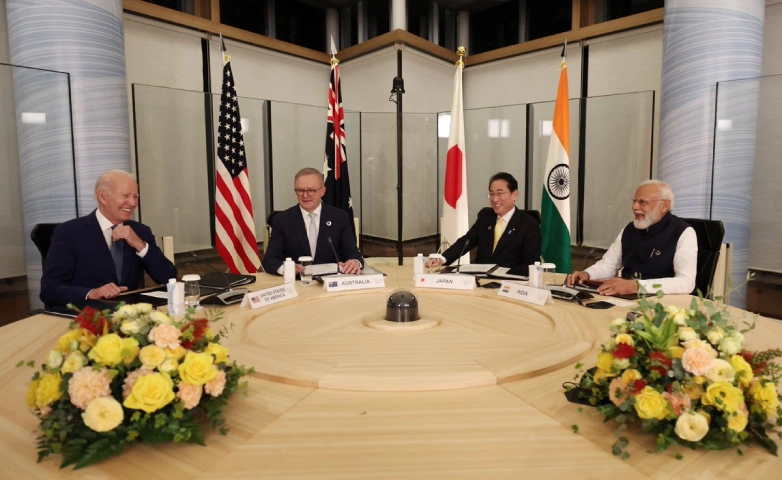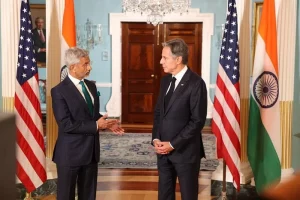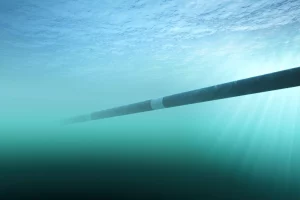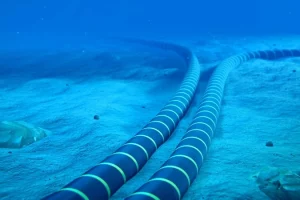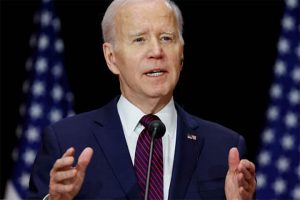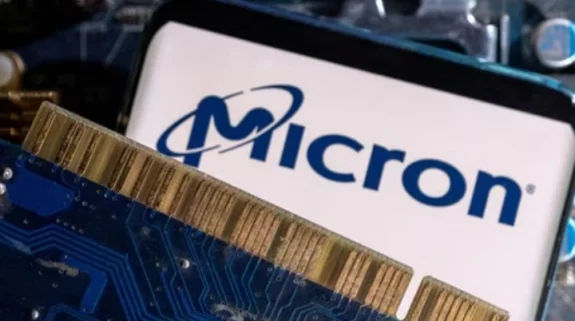The Quad summit that has concluded in Hiroshima on Saturday has made a bold statement on undersea internet cables—an arena of intense competition between the United States and China
Earlier in the day, Jake Sullivan, US President Joe Biden’s national security adviser had told reporters that the summit will focus on secure digital technology, submarine cables and infrastructure capacity building, among other topics.
Unsurprisingly, the joint statement released after the Quad summit recognised “the urgent need to support quality undersea cable networks in the Indo-Pacific, which are key to global growth and prosperity”.
Consequently, the Quad, comprising India, Japan, Australia and the United States, announced a new “Quad Partnership for Cable Connectivity and Resilience,” which will strengthen cable systems in the Indo-Pacific, “drawing on Quad countries’ world-class expertise in manufacturing, delivering and maintaining cable infrastructure.”
The US and China have been fiercely in the undersea cable domain. India Narrative had reported earlier this year that i SubCom LLC, an American subsea cable company has won a contract to build the Southeast Asia-Middle East-Western Europe 6, or SeaMeWe-6, internet cable.
The 19,200-kilometer undersea SeaMeWe-6 cable will link Singapore to Marseille, France, passing through Malaysia, Bangladesh, Sri Lanka, Maldives, India, Pakistan, Djibouti, Saudi Arabia, Egypt, Greece and Italy along the way. According to its schedule, the laying of the fibre-optic cable should be completed in the first quarter of 2025.
The contract was never about economics and free competition. Instead, it reflected a titanic power struggle between China and the United States for global ascendancy. In this exercise to keep China down, Washington was determined not to allow the cable link to hook up with Hong Kong, which is under China’s de facto control, thereby denying Beijing any leeway to intervene with data transfers.
According to a Reuters report more than 400 cables run along the seafloor, carrying over 95% of all international internet traffic. These data channels, which transmit everything from emails and banking transactions to military secrets, are vulnerable to sabotage attacks and espionage, the report said citing a U.S. government official and two security analysts.
Besides, spy agencies can readily tap into internet cables landing on their territory. The report said that undersea cables were “a surveillance gold mine” for the world’s intelligence agencies.
The report explains how the Chinese were systematically ousted from the project despite their much lower bid.
In 2020, before the dye was cast in favour of SubCom, HMN Technologies Co Ltd, formerly known as Huawei Marine Networks Co Ltd, had been picked to manufacture and lay the SeaMeWe-6 internet cable. Its bid of $500 million, was a third lower than SubCom’s offer.
However, the US government’s intervention forced HMN Technologies to quit the race, the report said. In fact, the US Trade and Development Agency (USTDA) granted US$3.8 million of training funding to five telecom companies in countries on the cable route.
Also Read: In the battle for data, China and US fight to control undersea cables






